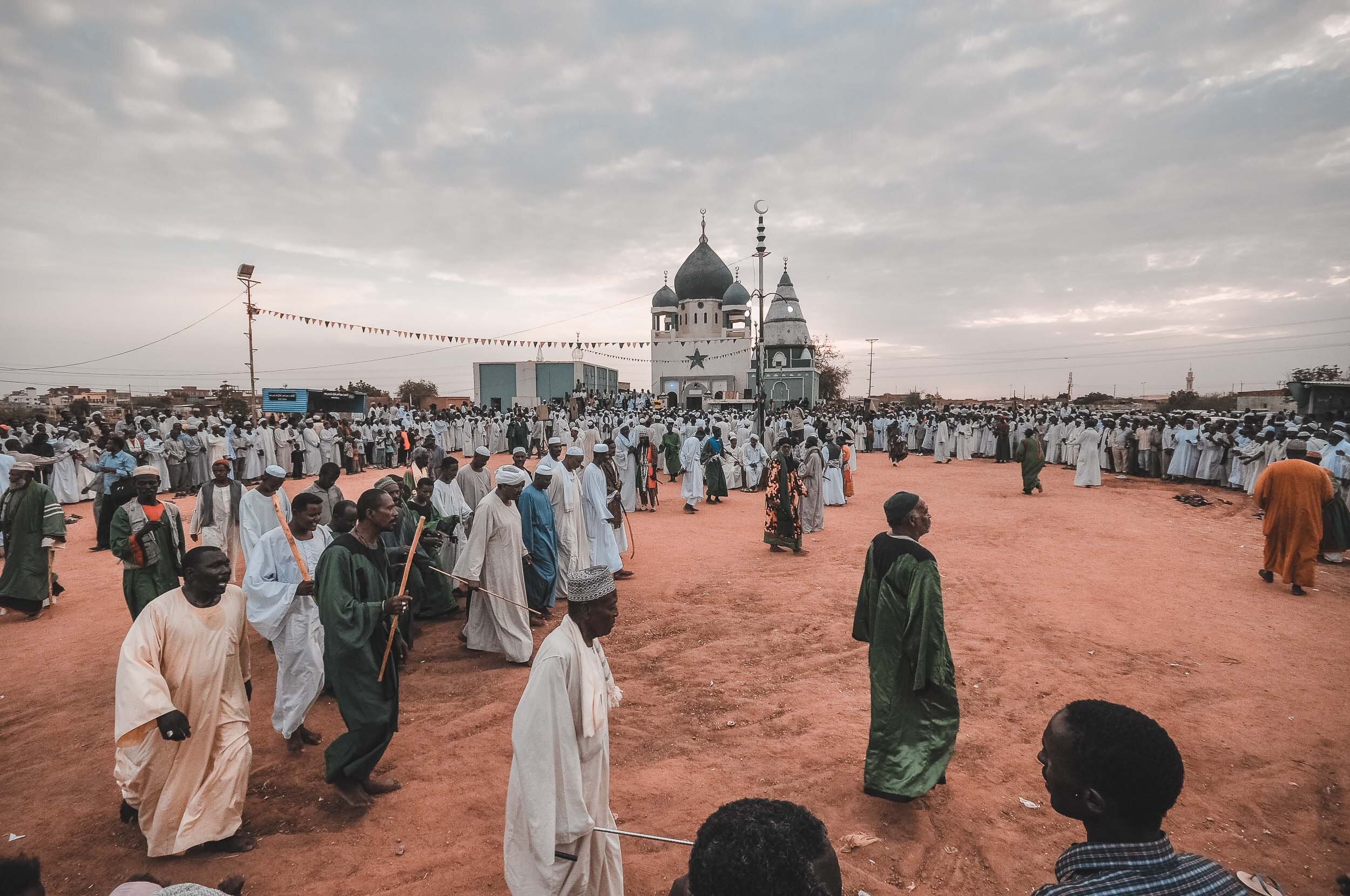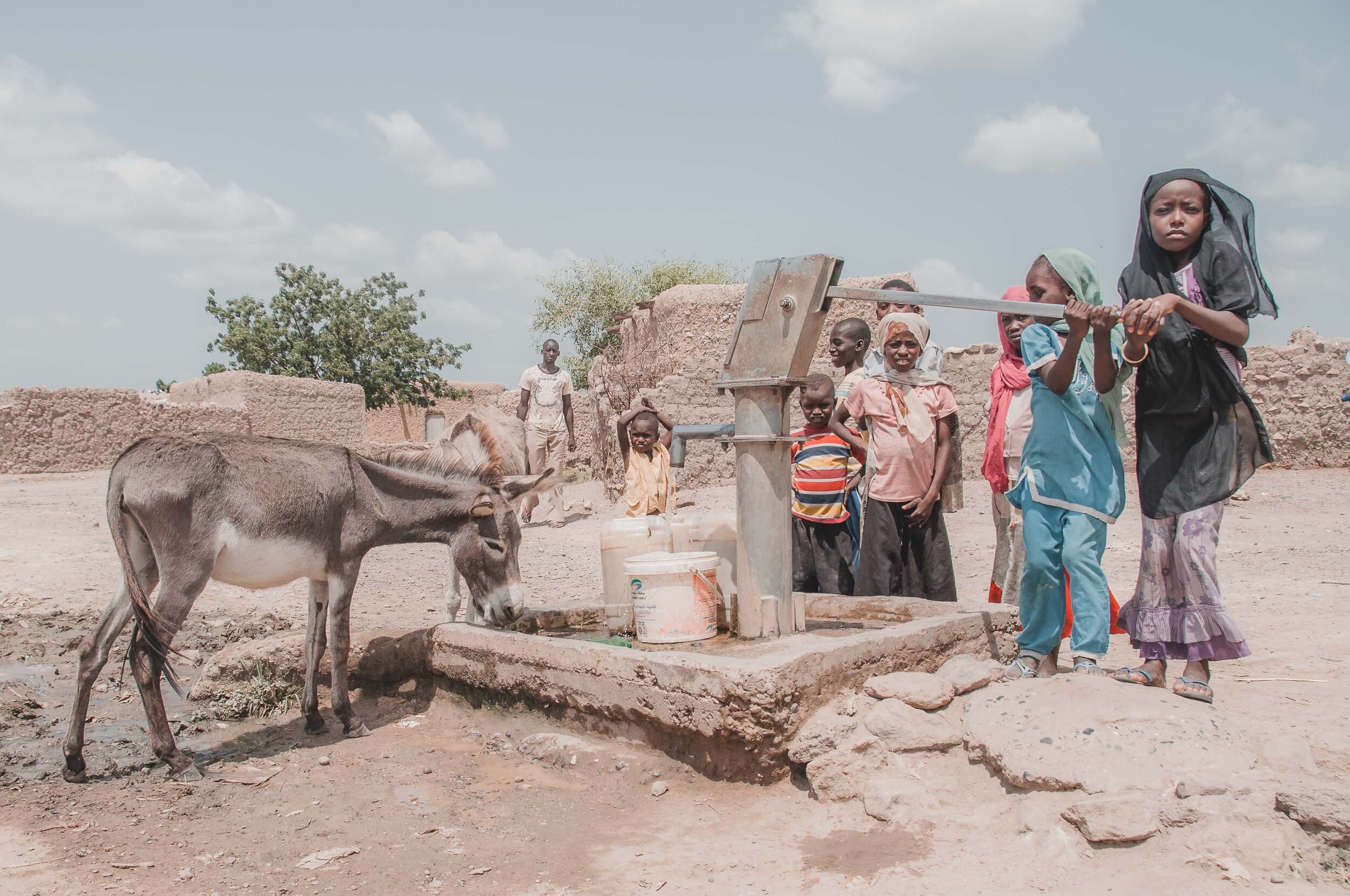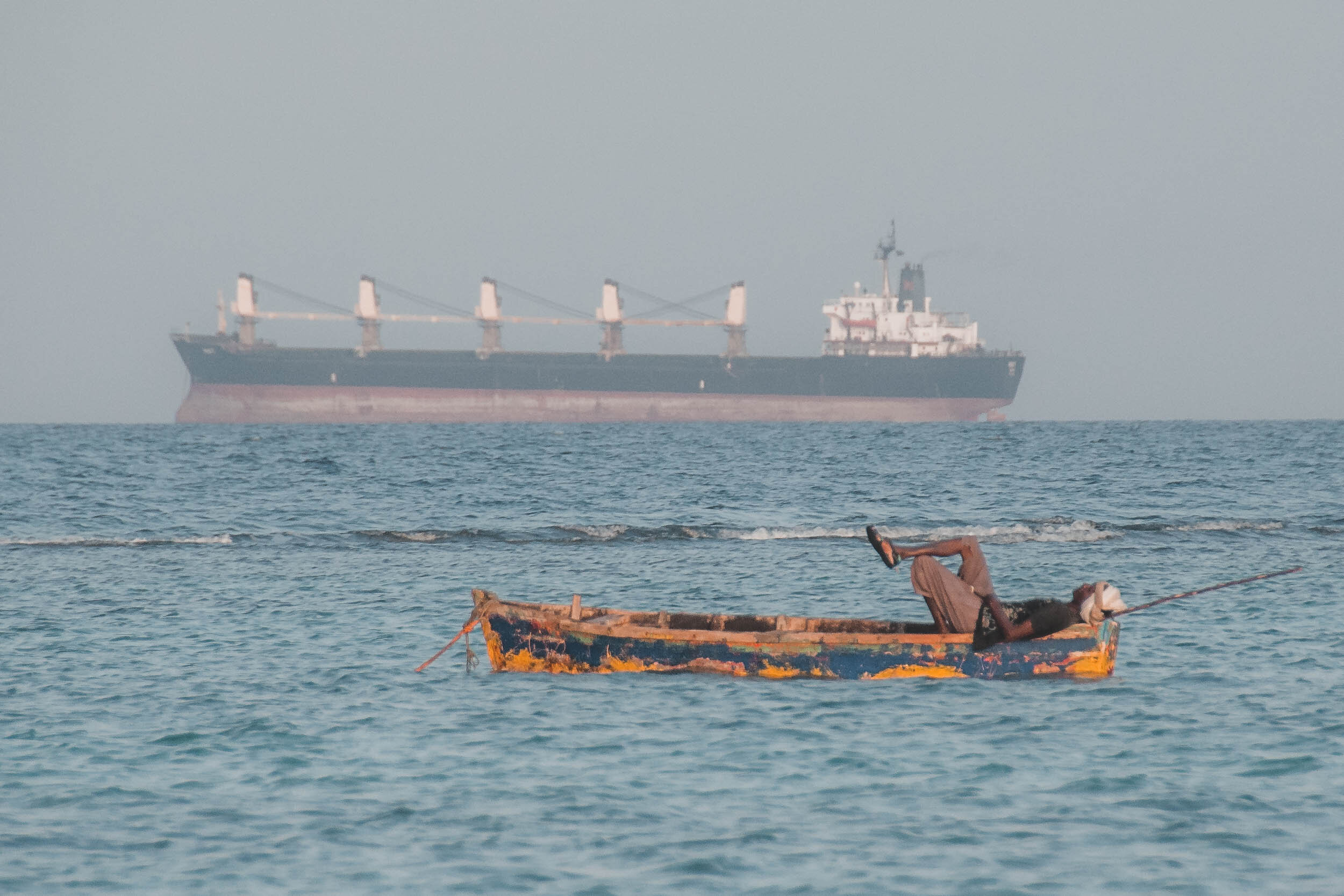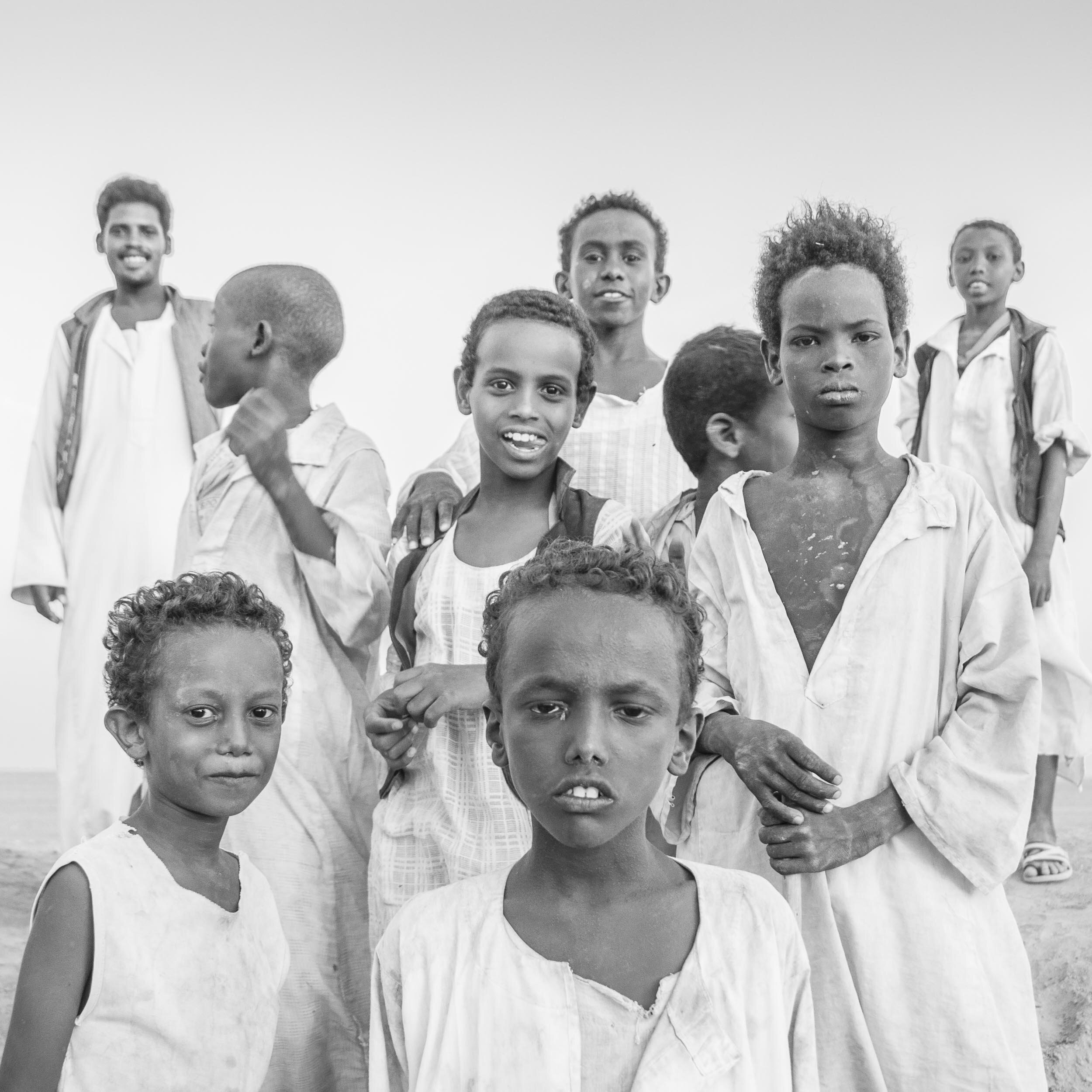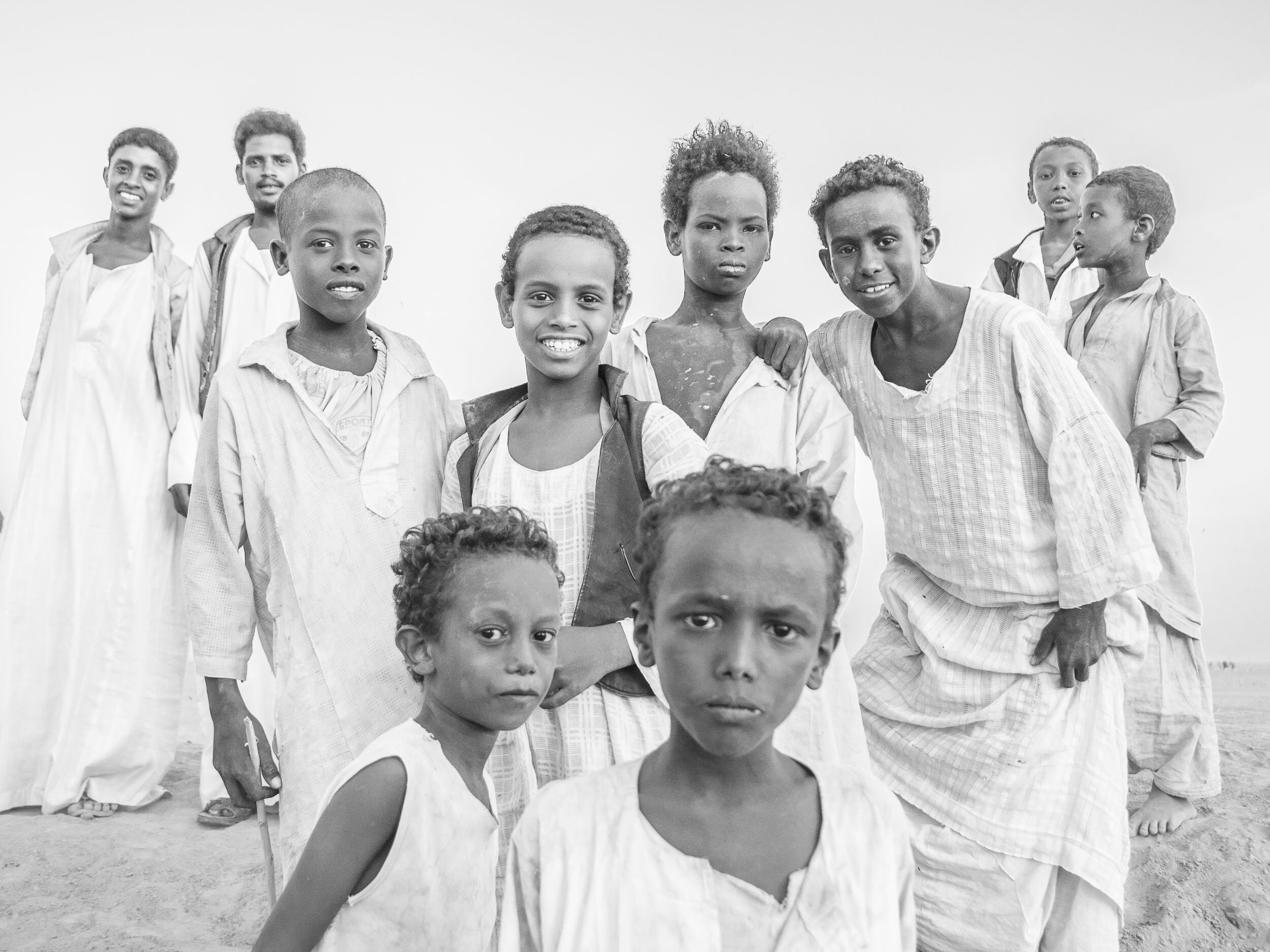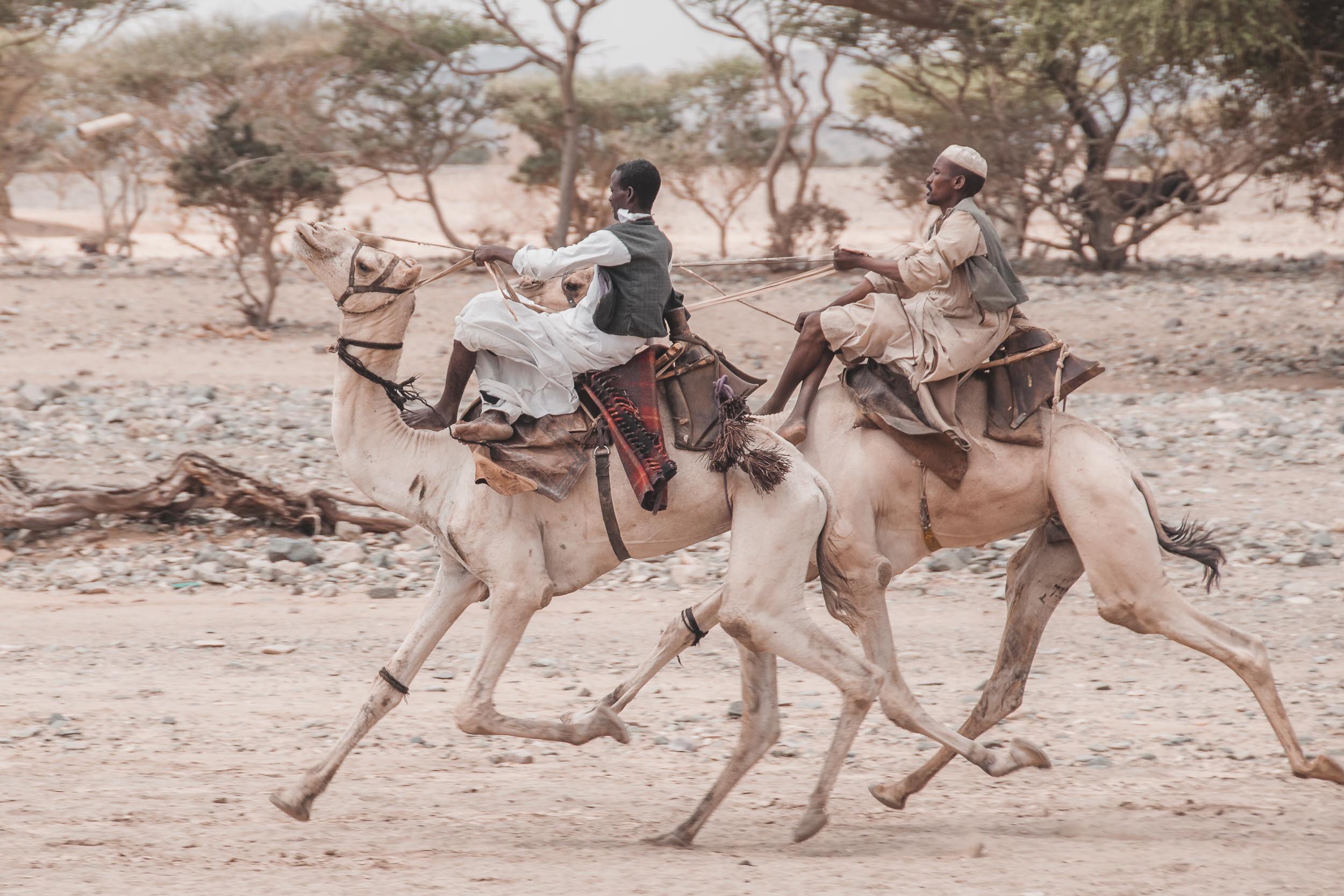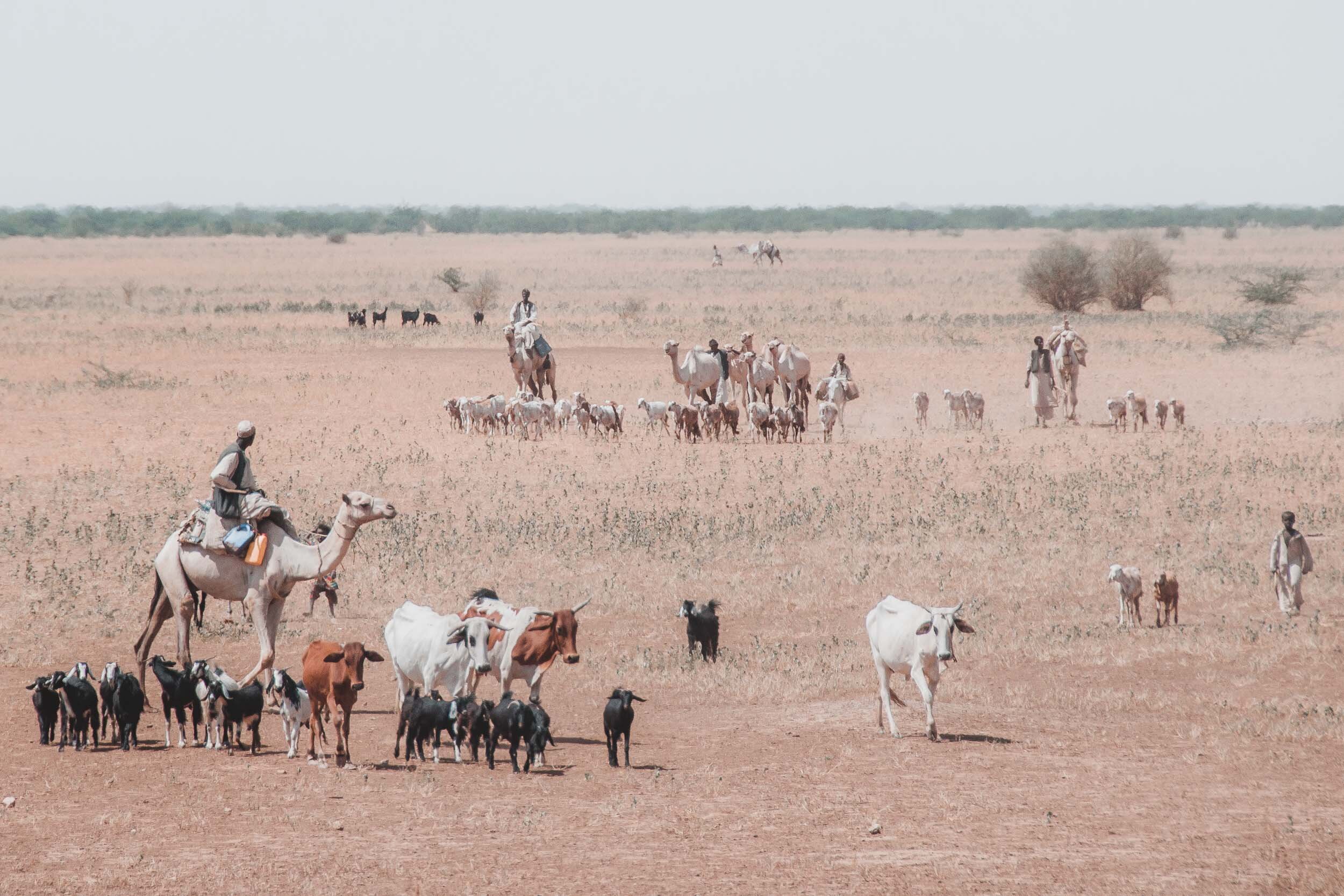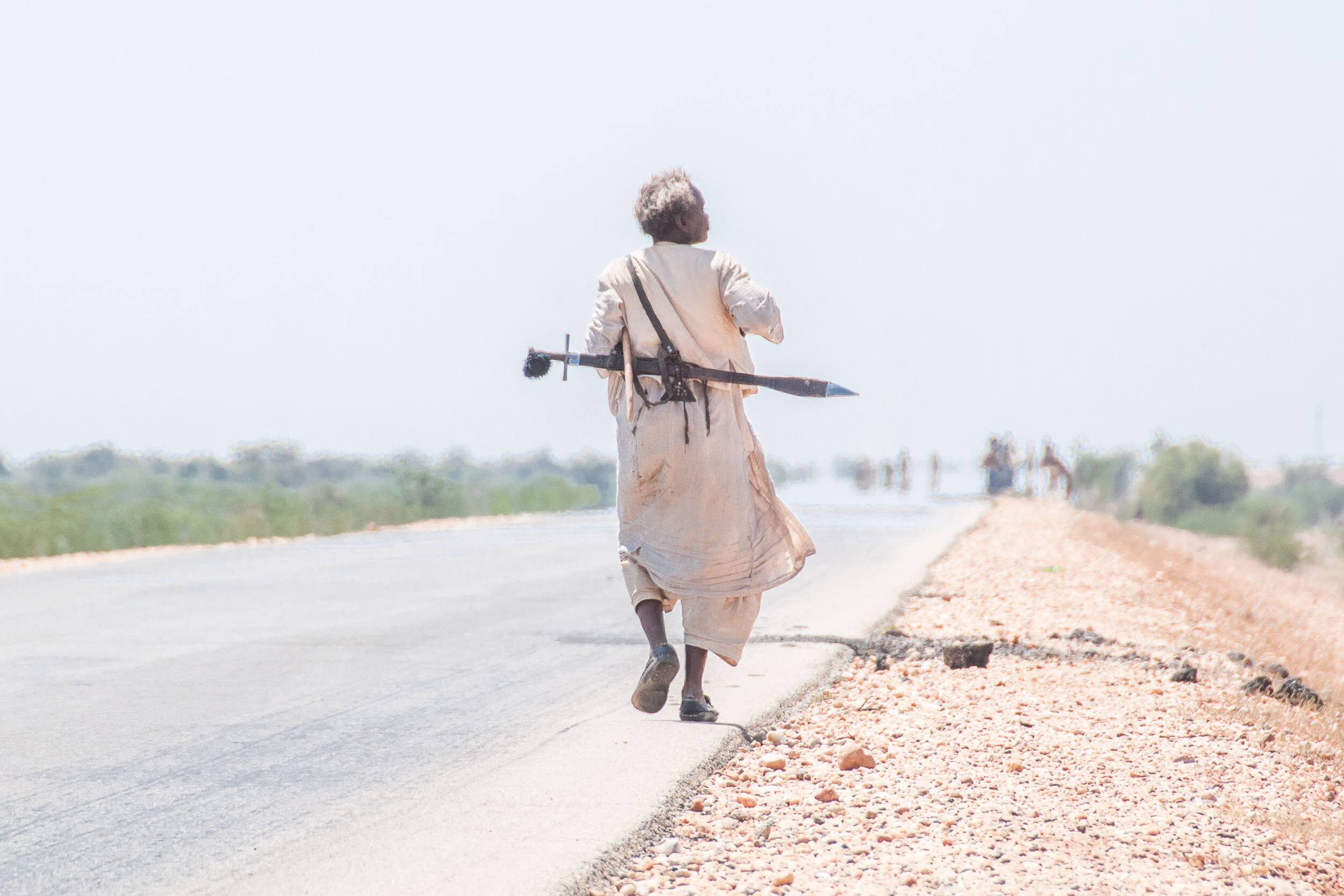
SUDAN
Largely neglected from the world's attention, due in part to ongoing conflicts in South Sudan, North East Sudan has had it's own volatile recent past and chronic developmental problems. In 2013, I was part of a team conducting a scoping study into water and sanitation infrastructure and practices in the arid/desert states of Sudan to the East of Khartoum Kassala, Gedaref and Red Sea. Besides the intrinsic blighting impact on health, as a basic cornerstone of life - the endemic lack of water in East Sudanese states has an impact on the general development of the area causing chronic disruption to livelihoods, particularly where they are so dependent on the health of livestock and limited cultivation. The indigenous people of Eastern Sudan, known as the 'Beja', have traditionally followed a nomadic way of life, mostly as herders of camels, cattle and sheep. They are known for a mental and physical toughness that has helped them to overcome the harshness of their environment. Beja country is essentially desert and semi-desert across the vast plateau to the west of the Red Sea hills, only sparsely covered with vegetation. Its inhospitable nature had for several centuries prevented the settlement of other ethnic groups in the Beja area, and at the same time provided the basis of the Beja lifestyle. Inevitable and drastic change began with marked ecological degradation and constraints which came with more recent intrusions such as the development of Port Sudan and cotton schemes during the colonial period, mining, regional conflict, construction of several large damn schemes and a rapid expansion of irrigation and industrial agriculture have squeezed the common 'usufrukt' grazing access. Subsequently, competition over resources: water, and land (both for pasture and cultivation), and potential and actual conflicts arising from the divergent social groups, customs, and cultures, particularly in the rapidly growing urban centres have seen a rapid and constant sway of urbanisation. These demographic changes had an inevitable impact both on the social fabric of the Beja country as well as on its ecology. Beja men and women play distinct roles in what is a relatively conservative society. As a male outsider, I rarely would encounter women, particularly in remote communities, let alone capture them in photographs, and was extremely sensitive and aware with the camera. It was a rare opportunity to be able to see such places and gain a small glimpse into relatively simple and yet extraordinary lives and landscape.

